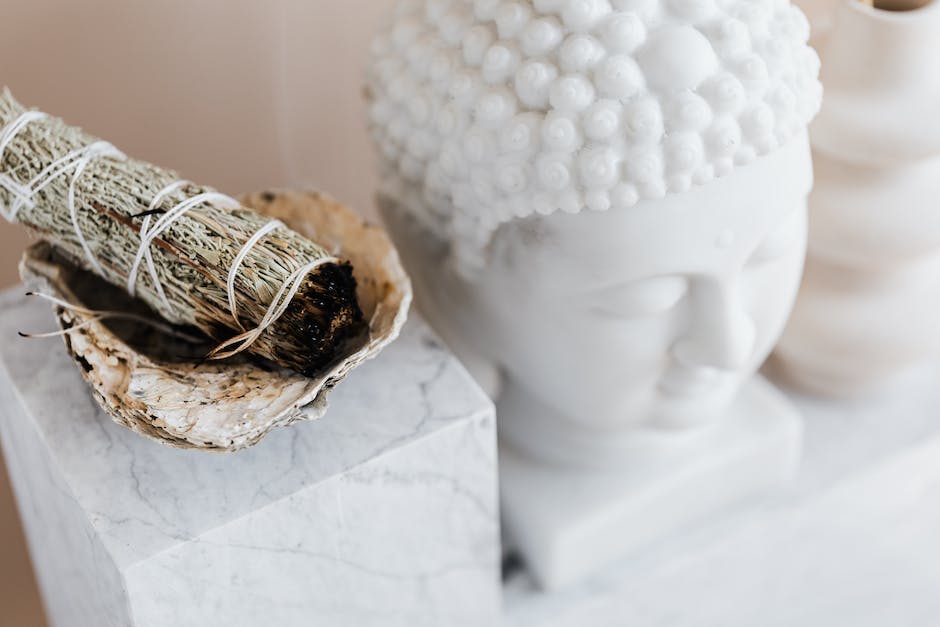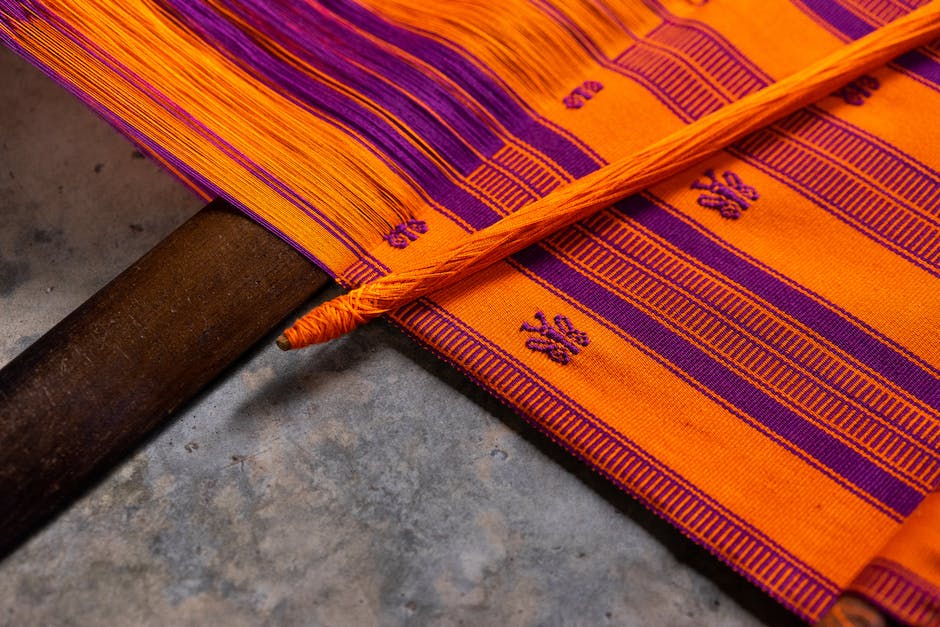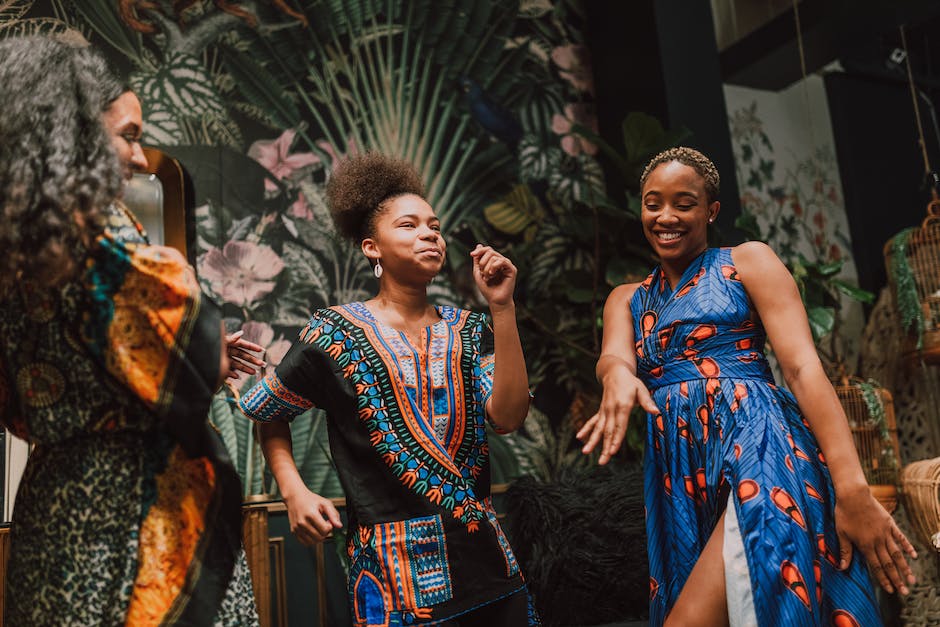In recent years, there has been a noticeable shift in the perception and acceptance of cannabis culture clothing. What was once considered an emblem of the counterculture movement has now seeped into mainstream fashion. This evolution is not only a reflection of changing attitudes towards cannabis, but also a testament to the power of rebranding and the impact of cultural influences on fashion trends.
Traditionally, cannabis culture clothing has been associated with the underground cannabis community, symbolizing rebellion, nonconformity, and the rejection of societal norms. The bold use of marijuana leaf motifs, tie-dye patterns, and psychedelic designs became synonymous with a lifestyle that was often marginalized and stigmatized. However, as attitudes towards cannabis have shifted, so too has the perception of the clothing associated with it.
As legalization efforts gain momentum and societal taboos surrounding cannabis gradually erode, entrepreneurs and designers have recognized the potential of capitalizing on this growing market. They have successfully reimagined cannabis culture clothing, exploring new design aesthetics and incorporating elements of luxury, sophistication, and professionalism. The result is a range of clothing that appeals not only to cannabis enthusiasts but also to a broader consumer base.
The crossover of cannabis culture clothing into mainstream fashion can also be attributed to influential cultural phenomena. Popular music artists and celebrities openly embracing cannabis have played a significant role in shaping perceptions and creating demand for this style of clothing. As these influencers don cannabis-inspired outfits on stage and in their daily lives, they bring cannabis culture into the limelight and make it more accepted and desirable.
Furthermore, the legalization of cannabis for medicinal and recreational purposes in various regions has created new opportunities for entrepreneurs to create clothing lines that cater to a wider audience. With cannabis-related businesses adopting a more professional approach, the need for attire that reflects their brand’s values has become increasingly important. This demand has led to the emergence of cannabis culture clothing that is tailored, sleek, and suitable for a range of business environments.
In conclusion, the evolution of cannabis culture clothing from counterculture to mainstream fashion represents a shift in societal attitudes towards cannabis and the increasing acceptance of its culture. The rebranding of cannabis-inspired apparel has transformed it from a symbol of rebellion to an expression of personal style and even professionalism. As the cannabis industry continues to flourish and the market for cannabis-related apparel expands, we can expect further innovation in design and aesthetic that will continue to shape fashion trends in the years to come.
Discuss the increasing acceptance and legalization of cannabis worldwide
With the increasing acceptance and legalization of cannabis worldwide, there has been a noticeable shift in the perception and portrayal of cannabis culture clothing. What was once associated primarily with counterculture movements, cannabis-themed apparel is gradually making its way into the mainstream fashion industry.
The changing legal landscape and the growing recognition of the medicinal and recreational properties of cannabis have played a significant role in reshaping societal attitudes towards the plant. As more countries and states take steps towards decriminalization or outright legalization, the stigma around cannabis use is being replaced with a more open and accepting mindset. This shift, in turn, has influenced the way cannabis-related products, including clothing, are being embraced by the general public.
In the past, cannabis culture clothing might have been confined to niche markets and worn predominantly by individuals identified with the counterculture movement. However, as attitudes evolve and cannabis becomes more integrated into mainstream society, we are witnessing a gradual evolution in the perception of these garments. Today, it’s not uncommon to see cannabis-inspired designs and symbols on runways, as well as in streetwear brands that cater to a broader audience.
One possible explanation for this shift is the rise of cannabis as a legitimate industry. With the growing number of legal cannabis businesses, entrepreneurs, and investors, there is a need for clothing that represents and connects with this burgeoning market. As the cannabis industry gains legitimacy and commercial viability, it is not surprising that fashion brands are capitalizing on its popularity.
Additionally, the influence of popular culture and celebrity endorsements has also played a role in the increasing acceptance and mainstream appeal of cannabis culture clothing. Celebrities, musicians, and influencers are embracing cannabis culture as part of their personal brand, using their influence to normalize and promote it. This mainstream exposure has resulted in a greater acceptance and popularity of cannabis-themed clothing among wider audiences.
It is important to note that the evolution of cannabis culture clothing is not just about aesthetics but also signifies a broader cultural shift. The increasing acceptance and legalization of cannabis have sparked conversations about personal freedom, social justice, and the potential benefits of the plant. Cannabis-themed fashion has become a way for individuals to express their support for these ideas and engage in dialogue surrounding the larger issues at hand.
In conclusion, the acceptance and legalization of cannabis worldwide have had a significant impact on the perception and popularity of cannabis culture clothing. As laws change and societal attitudes evolve, these garments are transitioning from counterculture symbols to mainstream fashion statements. With the rise of the legitimate cannabis industry, the influence of popular culture, and the broader conversations surrounding personal freedom and social justice, cannabis culture clothing is increasingly becoming an important facet of the fashion world.
Mention the influence of cannabis on fashion and clothing choices

Over the years, cannabis culture has played a significant role in influencing fashion and clothing choices. What was once considered counterculture attire has gradually transitioned into mainstream fashion. As the perception around cannabis has shifted, so too has the clothing associated with this cultural movement.
In the early days, cannabis culture was closely linked to rebellion and a sense of nonconformity. This was reflected in the clothing choices of individuals involved in the cannabis community, who sought to express their support for the cause through their attire. Tie-dye shirts, peace sign patches, and colorful bandanas were among the popular clothing items that symbolized a sense of unity and a rejection of societal norms.
As the legalization and acceptance of cannabis began to spread, so did the influence on fashion. Today, we see a diversified range of clothing styles that cater to various segments of the cannabis culture. From streetwear brands to high-end fashion labels, designers have embraced cannabis imagery, colors, and motifs in their collections.
The incorporation of cannabis culture into mainstream fashion can be seen in the widespread popularity of cannabis leaf prints, subtle nods to cannabis through embroidery, and even marijuana-themed accessories. Fashion-forward individuals are now able to express their affinity for cannabis in a stylish, sophisticated manner that aligns with their personal brand.
The evolution of cannabis culture clothing also highlights the changing attitudes towards the plant itself. As cannabis has moved from being stigmatized and associated with criminality to being recognized for its medicinal properties and potential economic benefits, individuals are more inclined to openly display their support through their clothing choices.
Furthermore, the shift towards legalization has created new opportunities for entrepreneurs to establish cannabis-inspired clothing brands. These brands are not only focused on promoting the cannabis lifestyle but also on providing high-quality, professional attire that is suitable for a range of professional settings. The emergence of such brands has helped to further normalize cannabis culture in the broader business community.
In conclusion, the influence of cannabis on fashion and clothing choices has evolved as societal perceptions have changed. What was once associated with counterculture rebellion has now become a mainstream trend, with designers and brands incorporating cannabis imagery and themes into their collections. This evolution reflects the growing acceptance and legalization of cannabis, as well as the desire for individuals to express their support for the plant in a fashionable and professional manner.
Historical context of cannabis culture clothing (1960s-1970s)

The historical context of cannabis culture clothing in the 1960s and 1970s played a significant role in shaping the image and style associated with this subculture. During this period, cannabis was being embraced by a generation that sought to challenge societal norms and actively participate in countercultural movements.
In the 1960s, the hippie movement emerged, advocating for peace, love, and the freedom to express oneself. Cannabis became an integral part of this counterculture, symbolizing a rejection of authority and the embracing of alternative lifestyles. As a result, clothing choices became a visual representation of this cultural shift.
The fashion of the 1960s was largely influenced by the bohemian aesthetic, characterized by flowing garments, tie-dye prints, and ethnic-inspired patterns. This style was further propelled by the popularity of music festivals, such as Woodstock in 1969, where attendees showcased their individuality through clothing choices.
Cannabis-themed clothing began to emerge, featuring marijuana leaf motifs, psychedelic designs, and peace symbols. These pieces served as a way for individuals to openly display their affinity for cannabis and align themselves with the counterculture movement. T-shirts, in particular, became a canvas for self-expression, with slogans like “Legalize It” and “Make Love Not War” becoming common.
As the counterculture movement gained momentum, cannabis culture clothing began to integrate elements from Eastern traditions, such as Indian-inspired prints and patterns. The blending of cultures further emphasized the subculture’s dedication to peace, spirituality, and a connection with nature.
In the 1970s, the influence of cannabis culture clothing expanded beyond the counterculture movement and began to permeate mainstream fashion. As societal attitudes towards marijuana began to shift, so did the perception of cannabis-themed apparel. Designers started incorporating cannabis-inspired elements into their collections, albeit in a more subtle and refined manner.
The influence of cannabis culture clothing during this era can still be seen today. Elements like tie-dye prints, bohemian aesthetics, and peace symbols have become timeless fashion staples, transcending their countercultural origins. The acceptance and normalization of cannabis in many parts of the world have also led to a more diverse range of cannabis-themed clothing options that cater to different tastes and styles.
In summary, the historical context of cannabis culture clothing in the 1960s and 1970s showcases the significant role it played in countercultural movements. As cannabis gained more mainstream acceptance, its visual representation in clothing evolved to become a lasting influence on fashion. Today, cannabis-themed clothing continues to be a symbol of self-expression and cultural identity, both within and outside of the counterculture.
Highlight the counterculture movement and the rise of cannabis use

During the counterculture movement in the 1960s and 1970s, cannabis use became synonymous with rebellion, freedom, and a rejection of societal norms. This shift in attitude towards the plant led to the emergence of cannabis culture clothing, which not only served as a form of self-expression but also became a way to identify with the counterculture movement.
At the time, cannabis culture clothing often featured bold and vibrant designs that featured iconic symbols associated with the counterculture. Artists and designers incorporated marijuana leaves, peace signs, psychedelic patterns, and anti-establishment slogans into their creations, reflecting the values of the movement.
The counterculture movement had a profound impact on the perception of cannabis use. It helped to break down the stigma surrounding the plant, leading to increased acceptance and experimentation with marijuana. As a result, cannabis culture clothing became a popular way for individuals to identify themselves as part of the counterculture movement and express their support for recreational drug use.
However, it wasn’t until much later that cannabis culture clothing began to transition from an underground subculture to a mainstream phenomenon. As the societal perception of marijuana shifted, largely driven by the legalization and decriminalization efforts in various parts of the world, the designs and aesthetics associated with cannabis culture clothing started to evolve as well.
In recent years, cannabis-related fashion has become increasingly sophisticated and mainstream. Many recognizable fashion brands have embraced cannabis-inspired designs, incorporating them into their collections. However, instead of the bold and psychedelic motifs of the counterculture era, these designs now tend to be more subtle and refined.
Today, cannabis culture clothing appeals to a broader audience, including professionals who want to show their affinity for cannabis while maintaining a sense of professionalism. The designs have become more versatile, offering clothing options suitable for both casual and formal settings. From cannabis-inspired accessories like neckties and cufflinks to tastefully designed t-shirts with intricate artwork, individuals can now express their support for the cannabis movement in a more sophisticated and professional manner.
The evolution of cannabis culture clothing from counterculture to mainstream is a testament to the changing societal attitudes towards marijuana. As the plant continues to gain acceptance, it has become more integrated into various aspects of everyday life, including fashion. Today, individuals have the freedom to express their support for cannabis in a way that aligns with their personal style and professional image.
Talk about the Hippie movement and their association with cannabis clothing

The Hippie movement of the 1960s and 70s was a cultural revolution that sought to challenge societal norms and promote peace, love, and freedom. As an iconic symbol of counterculture, cannabis became closely associated with the Hippie movement, and clothing played a significant role in expressing their rebellious spirit.
During this time, the fashion choices of Hippies and their connection to cannabis clothing were highly intertwined. The use of hemp fabric, a versatile and sustainable material derived from the cannabis plant, gained popularity among Hippies. In addition to its durability, hemp clothing embodied their beliefs in natural living and environmental consciousness.
Hippies embraced tie-dye fabrics, which were often adorned with marijuana leaf images, as a way to visually express their affiliation with the cannabis culture. The vibrant colors and psychedelic patterns further highlighted their rejection of mainstream fashion and advocated for individuality and self-expression.
Incorporating symbols such as peace signs, cannabis leaves, and slogans promoting the use of marijuana, Hippies used their clothing as a form of protest against societal norms and government policies. This countercultural fashion became a way for them to connect with like-minded individuals and celebrate their shared values.
However, as time went on, the association between cannabis clothing and the Hippie movement began to transition into a broader cultural phenomenon. With the gradual acceptance and legalization of cannabis across the globe, the stigma surrounding marijuana-related fashion slowly faded away. What was once considered a symbol of rebellion and deviance started to make its way into mainstream fashion.
Today, cannabis culture clothing has undergone a significant evolution, reflecting the shifting perceptions and broader acceptance of marijuana. From small-scale boutique brands to larger fashion houses, designers have incorporated cannabis motifs and imagery into their collections, catering to a wider audience.
In the current era, cannabis clothing ranges from subtle and abstract designs to bold and overt statements. Hemp fabric is now part of sustainable fashion movements, appealing to eco-conscious consumers. The once countercultural expression has transformed into a more diverse fashion niche, where individuals can embrace their connection to cannabis in various ways while still maintaining a professional and chic appearance.
The evolution of cannabis culture clothing from its association with the Hippie movement to its integration into mainstream fashion showcases society’s changing attitudes towards marijuana. As the perceptions of cannabis continue to shift, we can expect further innovation and creativity in cannabis-themed fashion, offering individuals the opportunity to express their affinity for the plant in a professional and stylish manner.
Mention influential figures like Jimi Hendrix and their impact on fashion

Influential Figures and the Impact on Fashion
Throughout history, certain influential figures have emerged to challenge societal norms and push boundaries. One such figure was the legendary musician Jimi Hendrix, who not only revolutionized the world of music but also had a significant impact on fashion, particularly in the counterculture movement of the 1960s.
Hendrix’s unique style and flamboyant stage presence were a radical departure from the mainstream fashion of the time. He embraced vibrant colors, intricate patterns, and unconventional clothing choices, effortlessly blending elements of bohemian, hippie, and psychedelic aesthetics. His iconic attire, including his flowing tunics, embellished jackets, and vibrant headbands, became synonymous with the counterculture movement and cemented his status as a fashion icon.
Hendrix’s influence extended far beyond his music and fashion sensibility. As a symbol of rebellion and individualism, he embodied the spirit of a generation seeking liberation from societal constraints. With his unconventional appearance and unabashed self-expression, he inspired countless others to break away from traditional fashion norms and embrace a more bohemian and free-spirited style.
As the counterculture movement gained momentum, Hendrix’s influence permeated other aspects of popular culture, including the fashion industry. Designers and fashion brands began to incorporate the vibrant colors, psychedelic patterns, and free-flowing silhouettes into their collections, bridging the gap between the counterculture movement and mainstream fashion.
Today, the influence of counterculture fashion can still be seen in various forms, although it has evolved and become more refined. What was once considered taboo or rebellious is now embraced by a wider audience. The cannabis culture, once associated solely with the counterculture, has also experienced a similar evolution.
Cannabis culture clothing has transitioned from niche to mainstream, reflecting society’s changing attitudes towards cannabis and the increasing acceptance of its use. Brands now offer a wide range of clothing and accessories that cater to individuals who identify with the cannabis culture. From t-shirts with cannabis-themed graphics to stylish accessories inspired by the plant, these products offer an avenue for individuals to express their support for the legalization and normalization of cannabis.
Just as Jimi Hendrix paved the way for counterculture fashion to enter the mainstream, the cannabis culture clothing industry continues to push boundaries and challenge traditional norms. As this evolution persists, it will be interesting to see how cannabis culture clothing further integrates itself into the fabric of modern fashion and continues to shape the way we express ourselves through attire.
The birth of cannabis-themed clothing companies (1980s-1990s)

During the 1980s and 1990s, a significant shift occurred in the way cannabis culture was portrayed through clothing. This period marked an important turning point where independent clothing companies emerged, together forming the foundation of the cannabis-themed clothing industry as we know it today.
In the early 1980s, as counterculture movements gained momentum, cannabis-related imagery started to infiltrate fashion. While initially limited to small-scale grassroots initiatives, the demand for clothing that embodied the spirit of cannabis culture grew steadily. These early pioneers began creating designs that embraced symbols associated with marijuana, such as cannabis leaves, peace signs, and bold tie-dye patterns.
The emergence of cannabis-themed clothing companies was closely tied to the rise of music genres like reggae and hip-hop, which celebrated the plant’s cultural significance. Musicians and artists played a crucial role in driving this style, as they often used their influence to promote the cannabis lifestyle and its connection to social causes.
One such iconic company that came to prominence during this time was HUF, founded by skateboarding legend Keith Hufnagel in 2002. HUF successfully merged skateboarding, streetwear, and cannabis culture, creating a brand that resonated with a younger, trendsetting audience. Drawing inspiration from Hufnagel’s own experiences within the counterculture scene, HUF became renowned for its unique designs incorporating cannabis motifs and logos.
Another renowned brand that emerged during the 1990s was LRG (Lifted Research Group). LRG not only embraced cannabis imagery in their clothing but also championed themes of self-expression, independence, and creativity. Their bold graphics and distinctive branding quickly gained popularity, capturing the attention of both mainstream consumers and those deeply rooted in the cannabis culture.
These and similar cannabis-themed clothing companies paved the way for a cultural revolution by creating a space where individuals could openly express their affiliation with cannabis, challenging societal norms and stereotypes. As these brands gained prominence, their impact extended beyond the niche counterculture community, entering the mainstream and reshaping the perception of cannabis and its associated fashion.
The birth of cannabis-themed clothing companies in the 1980s and 1990s marked a transformative era in the cannabis culture. Their designs not only celebrated the plant but also became vehicles for self-expression and rebellion. As the industry continued to evolve, these early pioneers laid the foundation for the more diverse and inclusive cannabis-themed fashion landscape we witness today.
Discuss how cannabis-themed brands like HUF and Stussy emerged

Cannabis-themed clothing brands such as HUF and Stussy have undergone a remarkable evolution from their origins in counterculture to becoming mainstream fashion statements. These brands have not only capitalized on the growing acceptance and legalization of cannabis but have also played a crucial role in shaping and influencing the perception of cannabis culture in the fashion industry.
In the earlier days, cannabis-themed apparel was primarily associated with the counterculture movement and the rebellious spirit of the 1960s and 70s. It was a symbol of non-conformity and a way for individuals to express their affiliation with the marijuana community. However, as societal attitudes towards cannabis started to shift and its medicinal benefits gained recognition, cannabis culture began seeping into the realm of fashion, paving the way for the emergence of influential brands like HUF and Stussy.
HUF, founded by skateboarder Keith Hufnagel in 2002, was one of the pioneers in combining streetwear aesthetics with cannabis imagery. Hufnagel saw an opportunity to create a brand that not only reflected his love for skateboarding but also embraced the cannabis culture. By incorporating marijuana leaf logos and elements, HUF created a brand identity that resonated with the skateboarding and cannabis community.
Similarly, Stussy, a streetwear brand founded by Shawn Stussy, incorporated cannabis-inspired designs into their collections, gaining popularity among the youth culture in the 1980s. Stussy’s iconic signature logo, resembling a hand-drawn marijuana leaf, became synonymous with their brand and helped establish their presence in the fashion industry.
As cannabis became more widely accepted and legalized in various parts of the world, HUF, Stussy, and other cannabis-themed brands gradually transitioned from niche markets to mainstream fashion. These brands started collaborating with major retailers, attracting celebrities, and gaining endorsements from influential figures in the industry. This shift showcased the cultural shift in society’s perception of cannabis, acknowledging its cultural significance and its ability to attract a broader audience.
The evolution of cannabis culture clothing from counterculture to mainstream is a testament to the power of adaptation and staying current with societal changes. HUF and Stussy successfully transformed a once-underground movement into a globally recognized fashion trend, proving that cannabis-themed clothing goes beyond stereotypes and holds a place in contemporary fashion.
In conclusion, the journey of brands like HUF and Stussy highlights the changing dynamics of the cannabis culture and the fashion industry. By embracing the evolving perceptions and attitudes towards cannabis, these brands transformed themselves into mainstream icons while still upholding a sense of authenticity and individuality. They have played a significant role in shaping the fashion landscape and breaking the stigma associated with cannabis, allowing individuals to showcase their identity and embrace the culture through their clothing choices.


